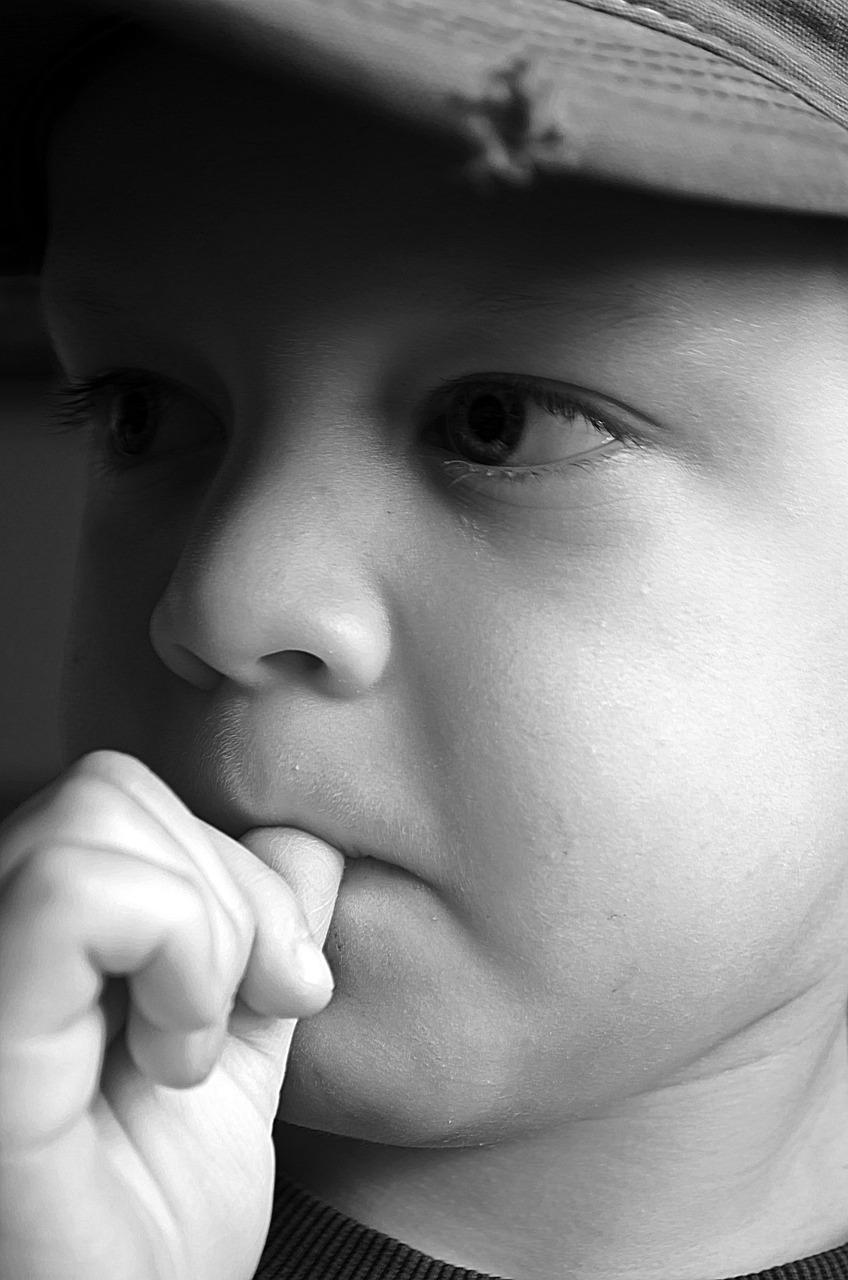Our Emergency Department is very busy right now and some people are experiencing long waits. If you do not require emergency care, please use an alternative such as 111 online.
Anxiety disorders affect 42% of autistic children compared with just 3% of children without autism
Source: www.autistica.org.uk/what-is-autism/signs-and-symptoms/anxiety-and-autism (29-Aug-23)



